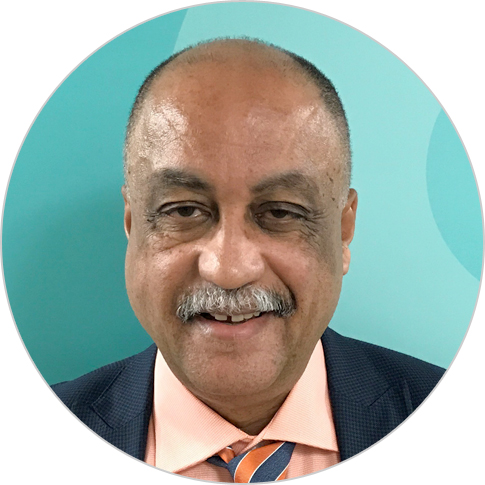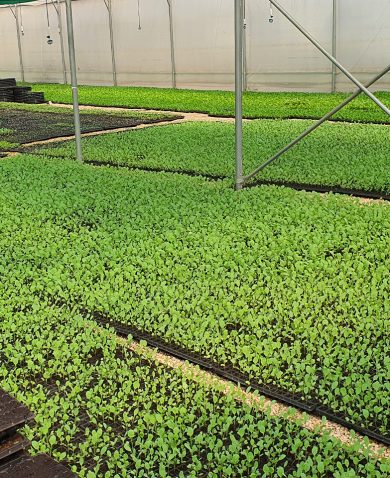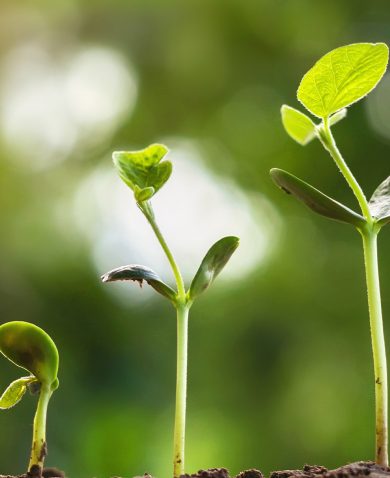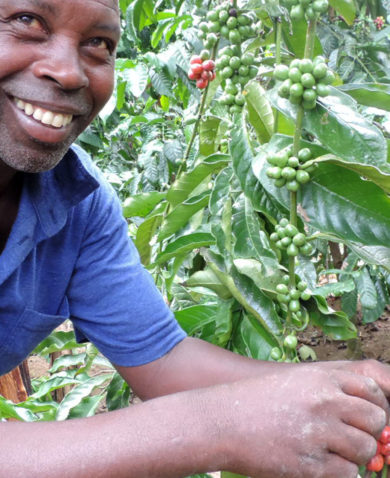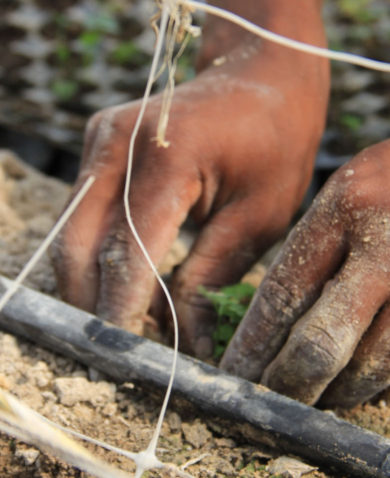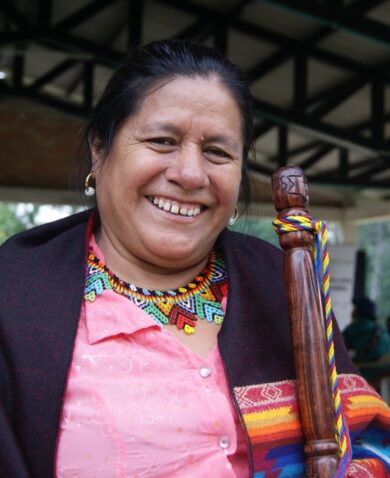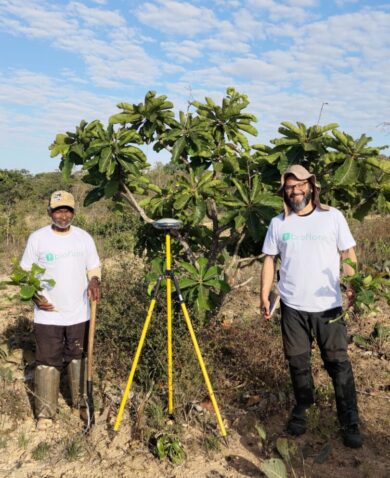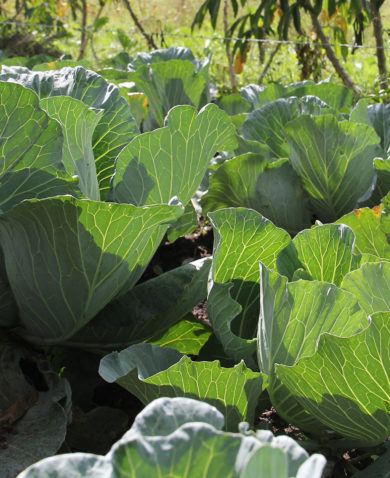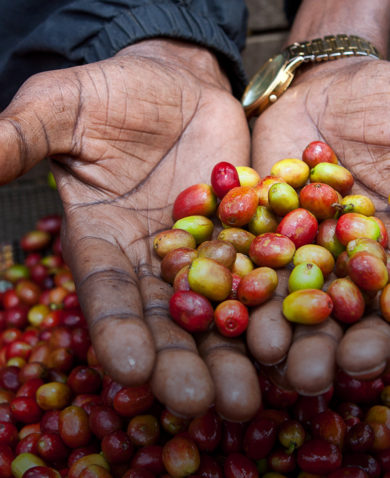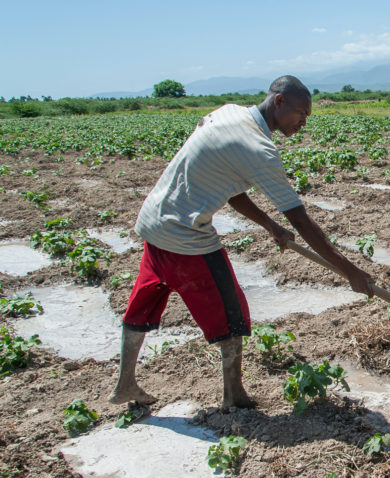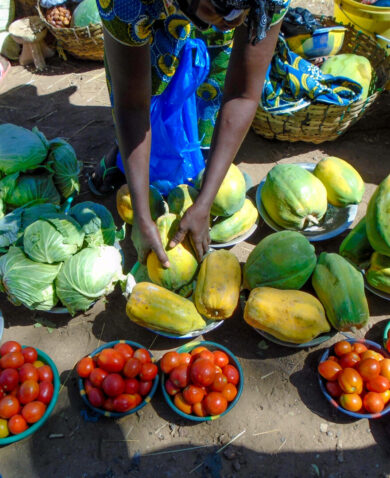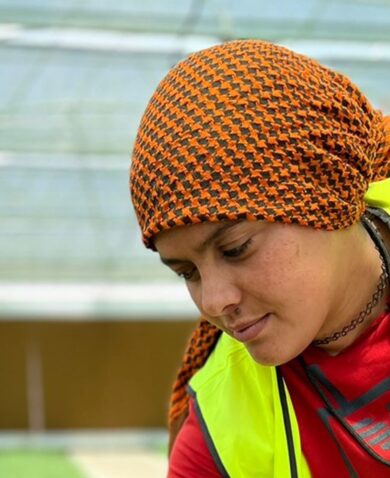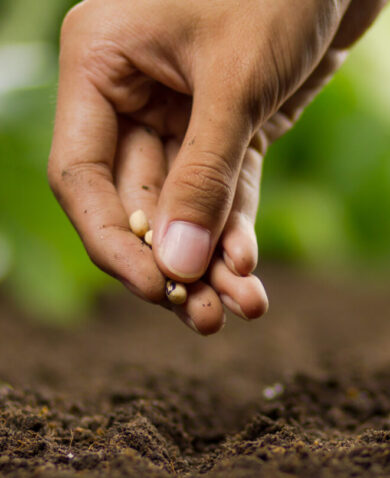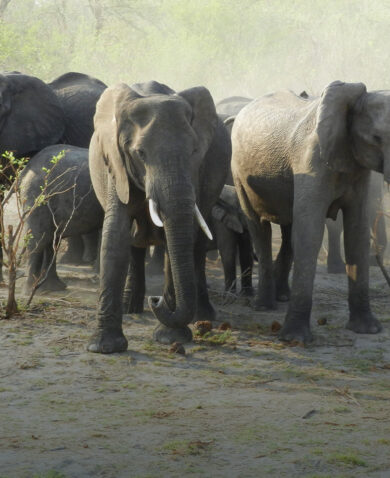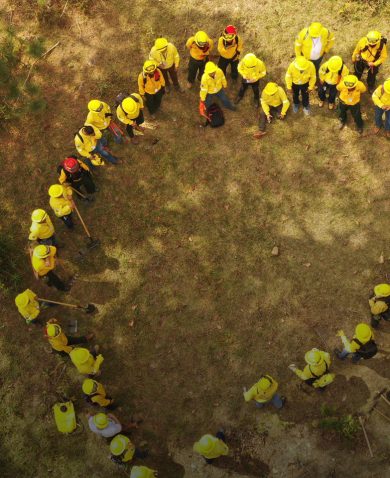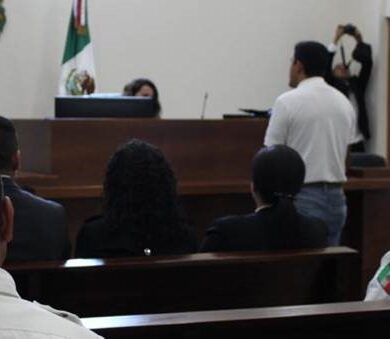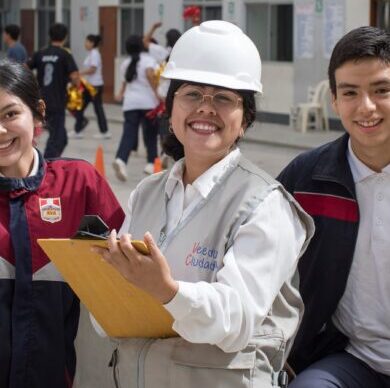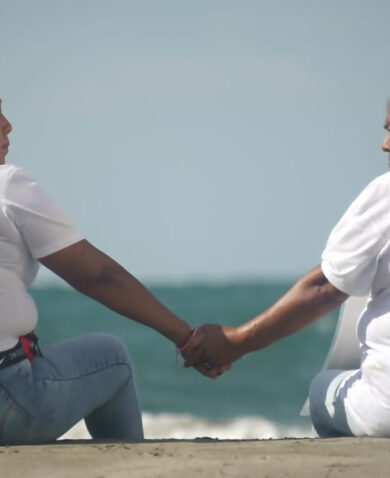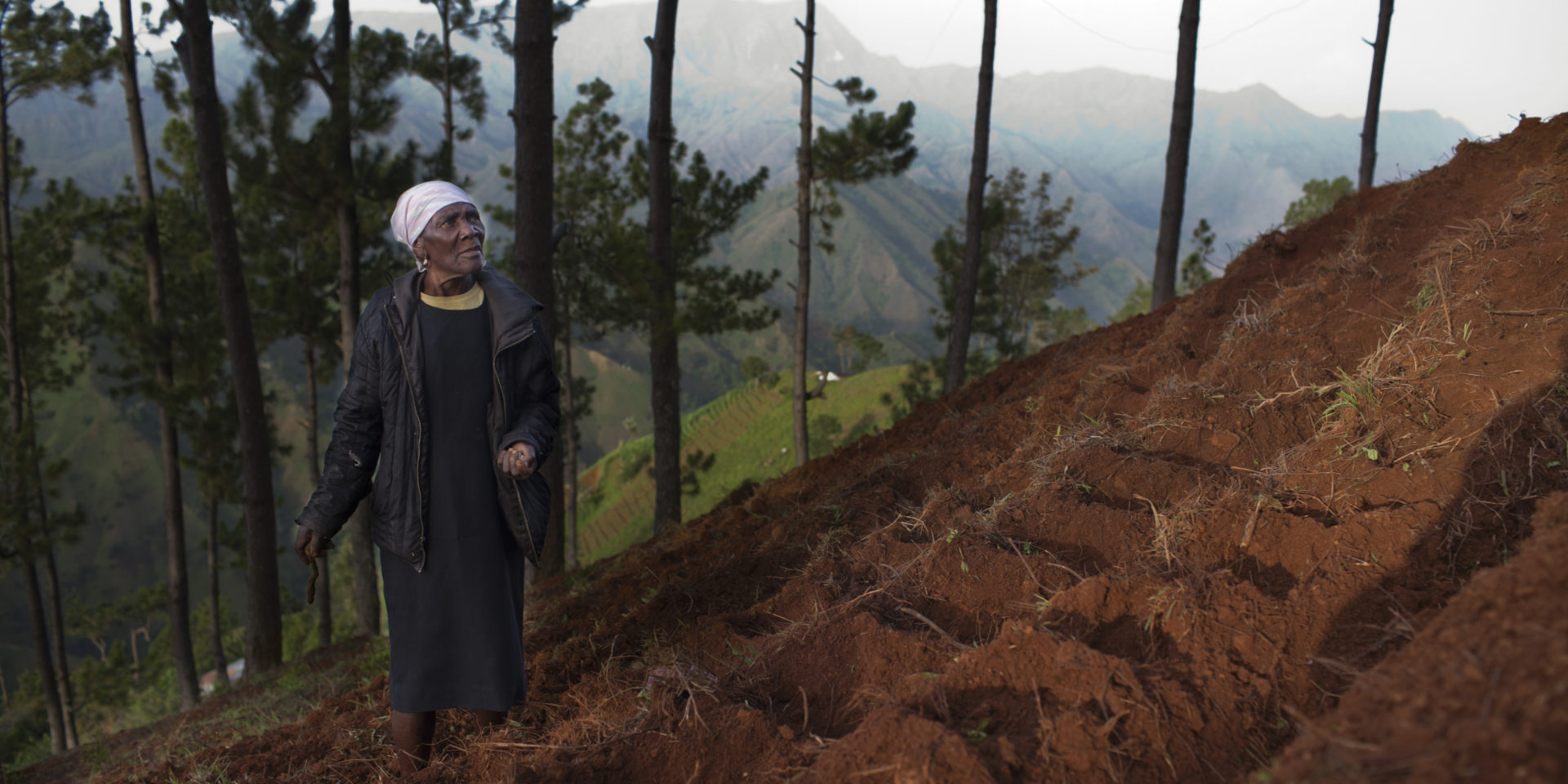
3 Questions with Mario Kerby: A Voyage Through the Watershed
January 26, 2017 | 4 Minute ReadMario Kerby shares lessons learned from a large project in Haiti, including how to use Google Earth to get buy-in from farmers and what cook stoves have to do with agroforestry.
Feed the Future West/WINNER combined elements of both an agricultural program and an environmental conservation program in Haiti. How did the project balance both goals?
Conservation and agricultural development are very closely connected. Our project began as a large watershed program and then its mandate expanded when the 2010 earthquake happened eight months in. It became a massive agriculture program to kickstart economic activity, but we maintained the focus on the watershed to increase resiliency and reduce the vulnerability of farmers throughout the target areas.
Haiti is a primarily agricultural country, and farming in Haiti takes place both on the hillsides and the plains but looks very different in each context. The watershed connects both areas: a drop of water begins its journey in the mountains and continues to the sea. In Haiti, where there is extreme environmental vulnerability, hillside agriculture takes place on steep slopes and is often practiced unsustainably. With no terracing or other protection, erosion washes away the topsoil, the hillside land becomes less productive, and sedimentation ended up causing problems for farmers downstream. Massive soil erosion affects the productive plains, and the plains are also prone to flooding.
Yet the farmers on the hillside didn’t necessarily understand how their actions were affecting farmers downstream, and communities downstream didn’t want to pay to help protect the watershed upstream. To convince farmers of the importance of managing the watershed together, we presented the communities with satellite images of what their areas looked like using Google Earth. Our partner, RPI, was able to create a video showing a voyage through the watershed and for the first time, communities could see where they were located in the watershed and how they were connected to farmers downstream or upstream.
We also prepared projections of what would happen if the status quo continued, along with participatory watershed management plans based on science, geographic information system (GIS) data, and measurements of deforestation, which we presented to farmers, communities, and decision makers. From that point, we began engaging communities in strategies for better watershed management such as reforestation, which is tricky because people in poor communities cut down trees for a reason. We focused on planting trees that communities could benefit from, like fruit trees, and introduced gas cookstoves to lessen dependence on fuel wood. We piloted the stoves in camps around Port au Prince, which became a separate project, the Haiti Improved Cooking Technology Program.
Feed the Future West/WINNER was able to create considerable change in terms of increasing household incomes on a very large scale. Are there any approaches or lessons learned that contributed to the project’s success, which could serve as best practices for other projects?
It’s really about teaching — in this case, teaching good practices to smallholder farmers. You also have to be able to demonstrate why doing things differently will increase a farmer’s bottom line and benefit their family.
In Haiti, agriculture was not very productive because farmers were unfamiliar with more efficient practices, had little support from the Ministry of Agriculture and the extension service, and had very little access to inputs, water, and credit. What we were able to do was create sustainable centers for rural development (CRDDs) which served as demonstration farms and teaching campuses. To spread knowledge, we created a master farmers program that engaged community members (usually young people with some education) who could return to their communities and teach others, and worked with lead farmers to create demonstration plots within communities to show best practices.
We also used a teaching approach to tackle the other challenges. After the earthquake, a group of students from one of the leading management and business universities in Haiti showed up in my office and told me that they didn’t have anything to do. Their building had been destroyed and the university had stopped operating. So we created an internship program to send the students to input supply stories across farming communities and asked them to apply what they had learned to improve accounting and management of each store. We gave them a small stipend and covered transportation costs, and off they went. It ended up being a very successful program that benefited the students, the stores, and the farmers each store supplied.
You have a master’s degree in economics, a background as a watershed specialist, and experience in agriculture. Does your background give you a different perspective on the concept of integrated development and how it applies to agriculture?
Rural development in a watershed context has to be integrated because the issues affecting the environment and the economy of watersheds are complex. Moreover, agriculture is the backbone of the economy in most developing countries and is central to the challenge of pulling people out of poverty.
I’ve led both water projects and agriculture projects, including the Morocco Integrated Agriculture and Agribusiness Program in which I worked across the agriculture sector with livestock farmers, small hillside communities, industrial berry exporters, and small and large agribusinesses, giving me a broad perspective. Whether a project works with small-scale farmers or large agribusinesses, the keys to change in the modern economy tend to be the same: good infrastructure and better-organized value chains. From pitchfork to fork, the value chain is traditionally long and disorganized, which increases prices for consumers, often degrades the product, and reduces the amount of money that reaches the original smallholder farmer. Improving the efficiency of these value chains is vital, which takes a lot of different interventions at many points along the chain. It also takes a good enabling environment, which means that the government and private sector create the conditions for a rural economy to thrive, from policy to infrastructure.
It’s also important to be flexible enough to respond to unanticipated challenges and opportunities. Ours was the biggest USAID project operating in Haiti during and after the earthquake that still had an intact office, so we were one of the first programs to provide disaster relief. We had project vehicles, so we used them to distribute food to the camps that were forming. Our office still miraculously had internet, so people from the Haitian Ministry of the Environment and other development projects temporarily worked out of our offices. We used our flexible funding on an emergency post-earthquake assistance program until USAID could launch the Haiti Recovery Initiative and other international assistance arrived.

